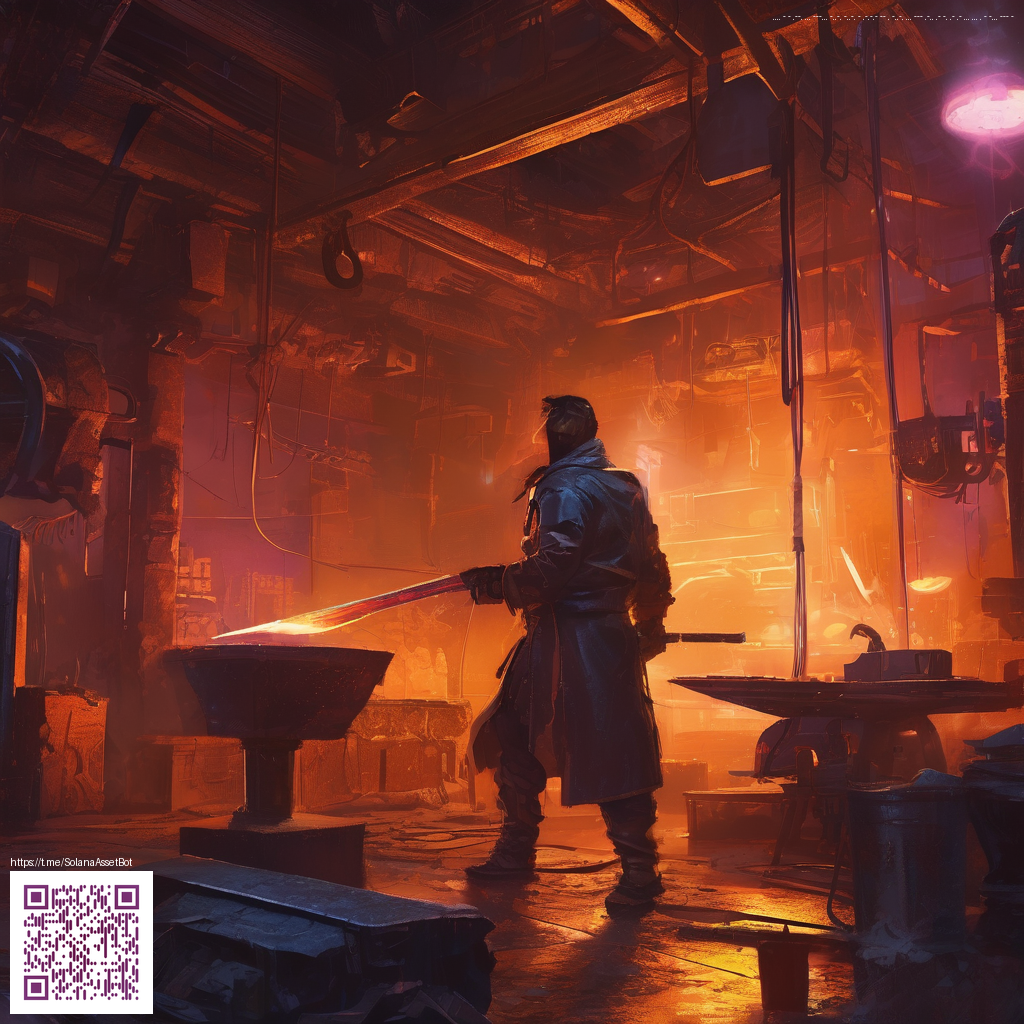
What a future elder scrolls sequel could learn from fans
The elder scrolls series has always thrived on open world ambition and player driven discovery. A lively discussion among the community imagines a hypothetical follow up to the flagship RPG that started it all for the modern era. The conversation isn t about flashy visuals alone it s about how a new chapter could balance sprawling scale with accessible systems while keeping the passionate modding community at the forefront. For longtime fans of the franchise and newcomers alike this wishlist reads like a playbook for delivering depth without sacrificing the sense of wonder that defines these games.
Gameplay expectations
At the core players want combat that rewards strategy as much as reflex. Think a refined melee system that offers weight and timing without locking players into a single approach, complemented by archery and magic that feel distinct and satisfying to master. A modern sequel could preserve Oblivion s bold skill architecture while offering greater flexibility in how skills interconnect. Imagine a system where players assemble personalized playstyles by combining spell effects, weapon talents, and stealth tricks into seamless, adaptable builds. The goal is to empower experimentation so every character feels unique without turning the game into a labyrinth of overly complex menus.
World interaction is another pillar. Fans crave environments that react plausibly to player choices, not just to location and difficulty. Dynamic NPC schedules, meaningful faction reputations, and quest lines that twist based on the player s decisions would keep exploration fresh well into hundreds of hours. A sequel could also push environmental variety with fewer repeatable tasks and more puzzle driven encounters, encouraging players to read the terrain as much as they read the map.
World building and quest design
Open worlds live or die by how vividly they feel alive. The wishlist calls for distinct regions each with its own culture, architecture, and politics. Towns and cities would feel believable not just as backdrops but as active agents in the story, with local leaders whose choices ripple across the map. Quest design could move beyond meandering fetches into branching narratives that honor player decisions. Rather than a single path through a dungeon, players would uncover multiple routes with diverse rewards and consequences, encouraging replay value and discussion within the community.
Guilds and factions deserve more than cosmetic tie ins. A robust end game ecosystem could weave faction allegiances into the main storyline with far reaching impact on allies, enemies, and available quests. This approach invites players to weigh personal goals against a larger tapestry of regional conflicts, providing long term motivation to explore every corner of the world rather than rushing toward the final objective.
Modding culture and tools
The vitality of the modding scene has always extended a game s lifespan far beyond its initial release window. Fans envision a modern engine that ships with a powerful, well documented toolkit and official guidance on cross platform modding. A new title could honor this tradition by providing an enhanced Creation Kit style editor, streamlined asset pipelines, and built in support for community created difficulty modifiers, new companion AI behaviors, and expansive world generation tools. When modders are given strong foundations to build on, the result is a living world that evolves through shared creativity rather than waiting for a single patch cycle.
Community collaboration is not merely a peripheral benefit it is a design driver. The most cherished mods often fix, refine, or expand features that shipped imperfectly. An official stance that embraces user generated content while maintaining quality control can create a healthier ecosystem. Documentation, compatibility notes, and clear modding guidelines empower players to customize their adventures without fear of breaking core game systems.
Update cadence and developer perspective
The pulse of a sequel benefits from transparent and constructive communication. Fans respond well to dev diaries that illuminate design choices, balancing decisions, and the rationale behind major systems. Regular patch notes that outline what has changed and why help players adapt their strategies and preserve trust. A modern sequel could also adopt a light live service cadence for post launch content that respects the single player roots while welcoming thoughtful community contributions through new quests, dungeons, or user driven storylines.
In this spirit, the creative team could emphasize accessibility options and performance parity across platforms. A game that runs well on a spectrum of hardware invites a broader audience to explore the land together, share discoveries, and collaborate on solutions when challenges arise. A future chapter would benefit from clear, positive communication about progress and constraints, keeping players engaged without feeling left behind.
Storytelling craft and lore integration
Storytelling in the elder scrolls universe has always thrived on a sense of myth and mystery. A wishlist oriented return to form could see lore that respects the franchise s rich history while inviting fresh mythologies and legends. Narrative threads that interweave with player choices would create a living archive of outcomes that players can reflect on in future playthroughs. The balance between ambient storytelling and direct quest driving moments is delicate yet essential for a modern audience that consumes content across multiple screens and formats.
Donation and community support
Community fueled projects and thoughtful discourse rely on a network of supporters who believe in open, participatory gaming culture. If you value independent creators and a decentralized approach to online communities, consider lending a hand. Your support helps sustain conversations, tools, and resources that empower players to shape their own adventures.